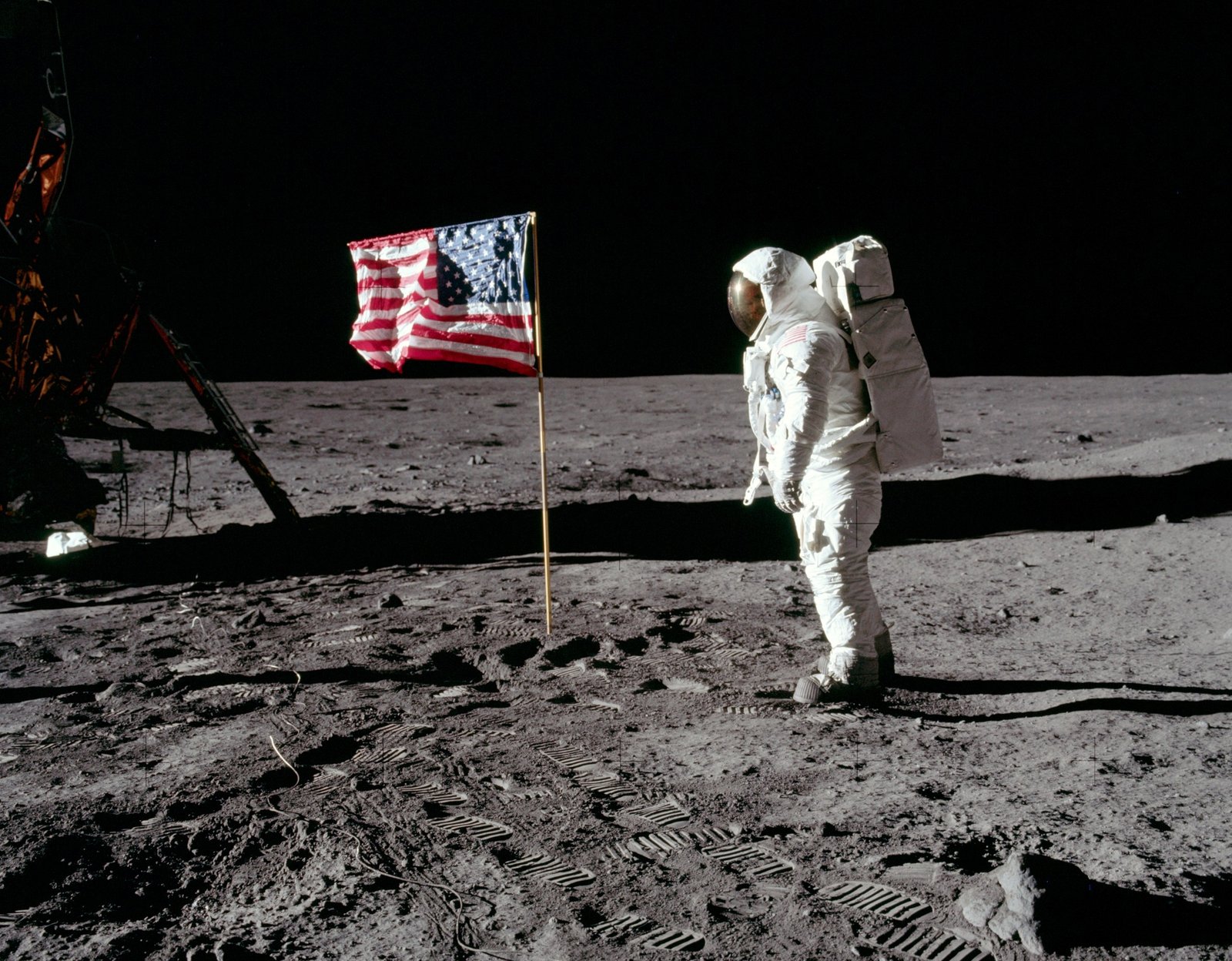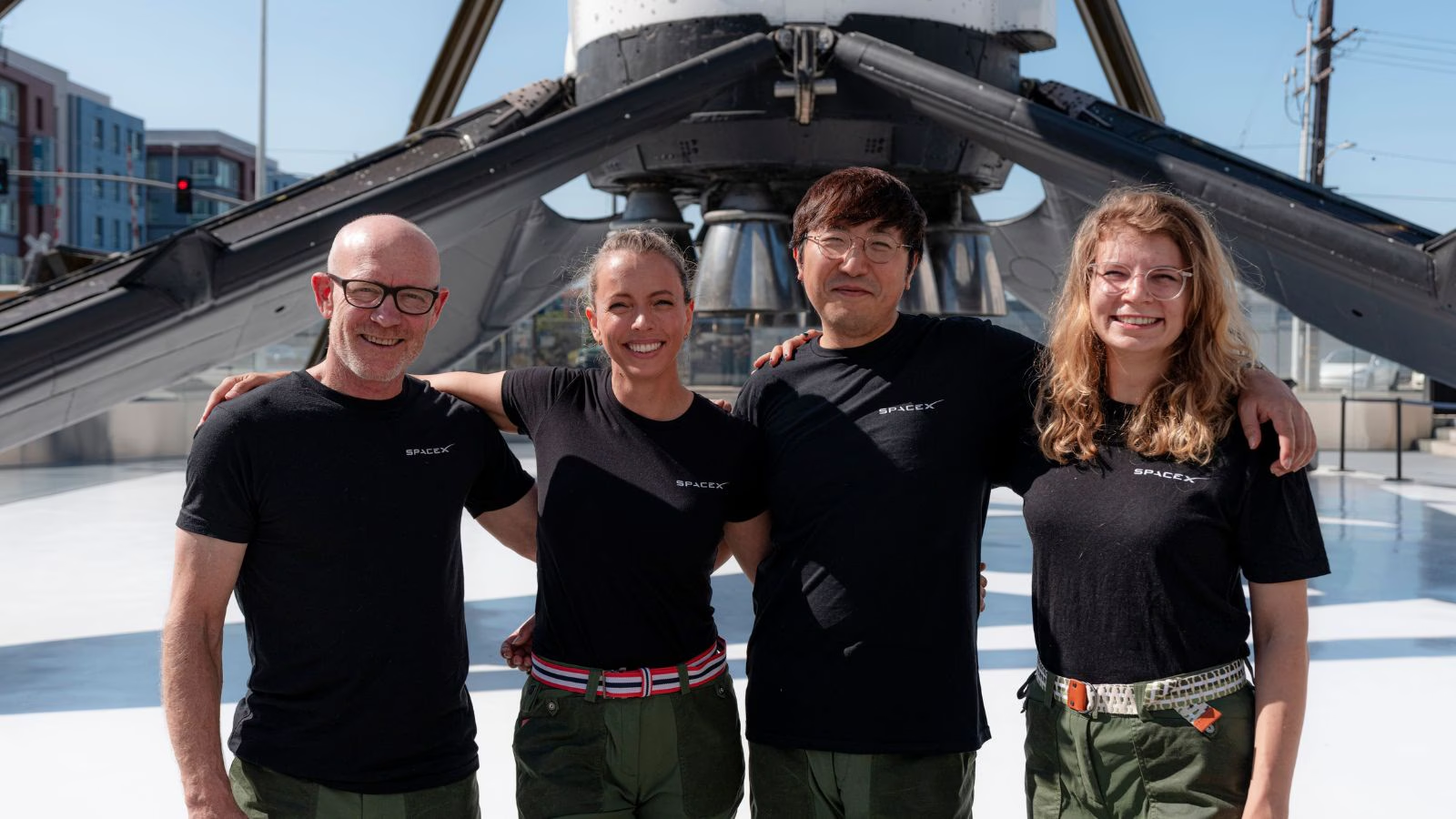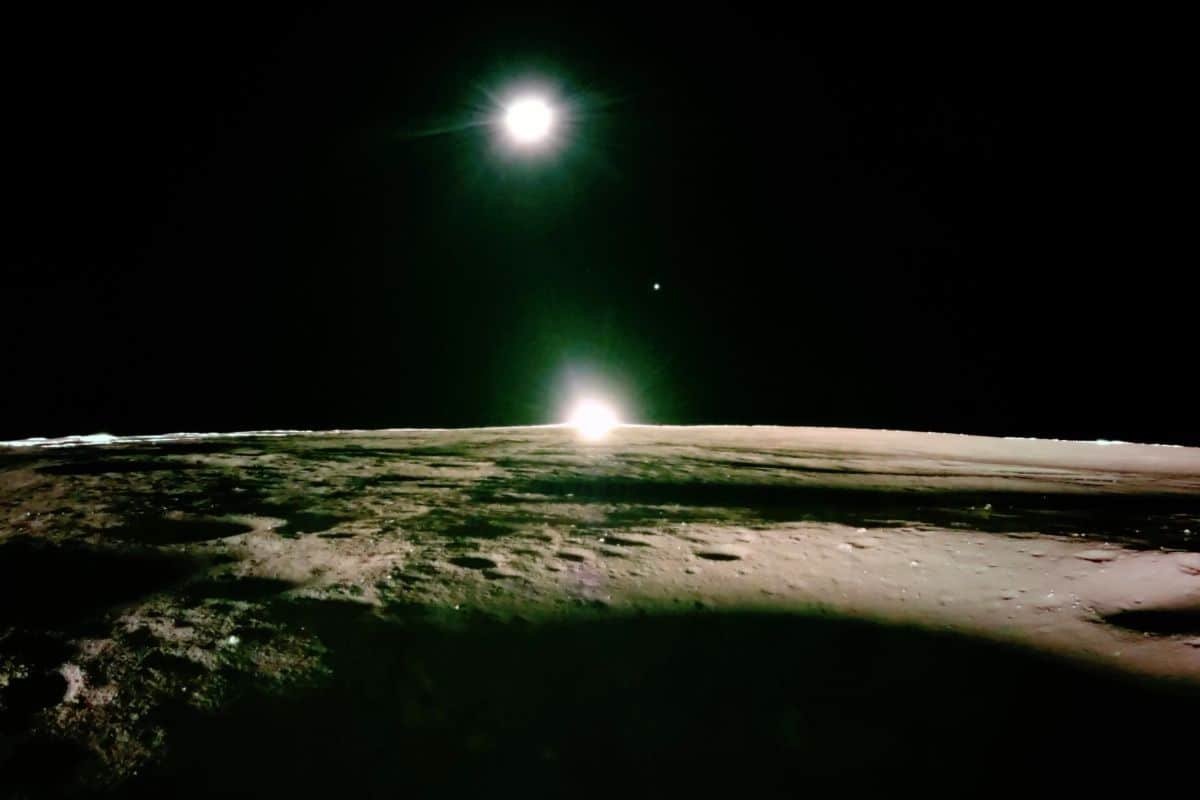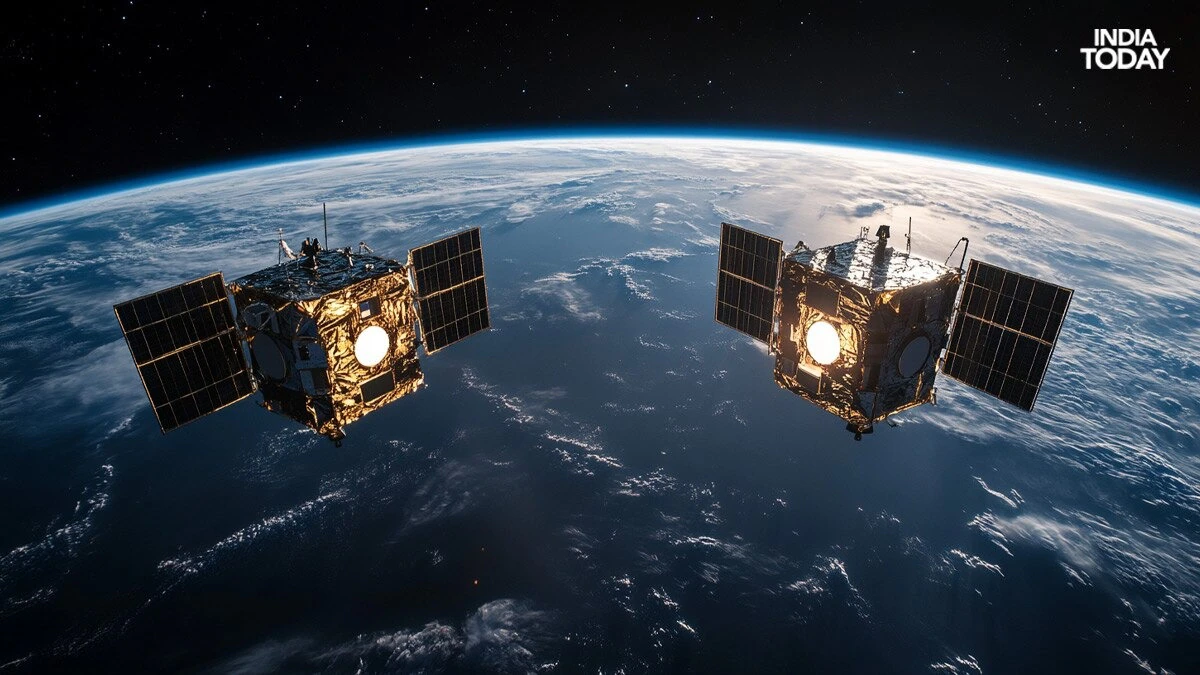With the ongoing Artemis II mission preparations, NASA is making major strides toward sending humans to the Moon for the first time in more than 50 years.
The successful integration of the Space Launch System (SLS) rocket’s core stage with its solid rocket boosters marked a significant milestone in the rocket’s development at NASA’s Kennedy Space Center in Florida.
The backbone of the SLS rocket is the core stage, which is an amazing 212 feet tall and weighs about 94 tons.
The Orion spacecraft, which will transport a crew of four people on a 10-day orbit around the Moon, and the launch vehicle stage adapter are among the components it is intended to support.
As NASA’s first crewed flight under the Artemis program, which aims to prepare for future missions to Mars and create a sustainable human presence on the lunar surface, this mission is crucial.
Astronauts are actively participating in training exercises and simulations in advance of their trip to make sure they are prepared for every facet of the mission.
In addition to testing vital systems, the Artemis II mission will open the door for more space exploration and lunar landings in the future.
Excitement is growing for this historic mission as NASA continues its preparations. It intends to revive human exploration of the Moon and beyond, emulating the spirit of previous lunar missions and paving the way for new space exploration frontiers.






